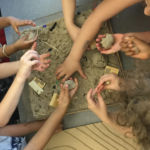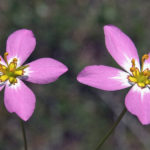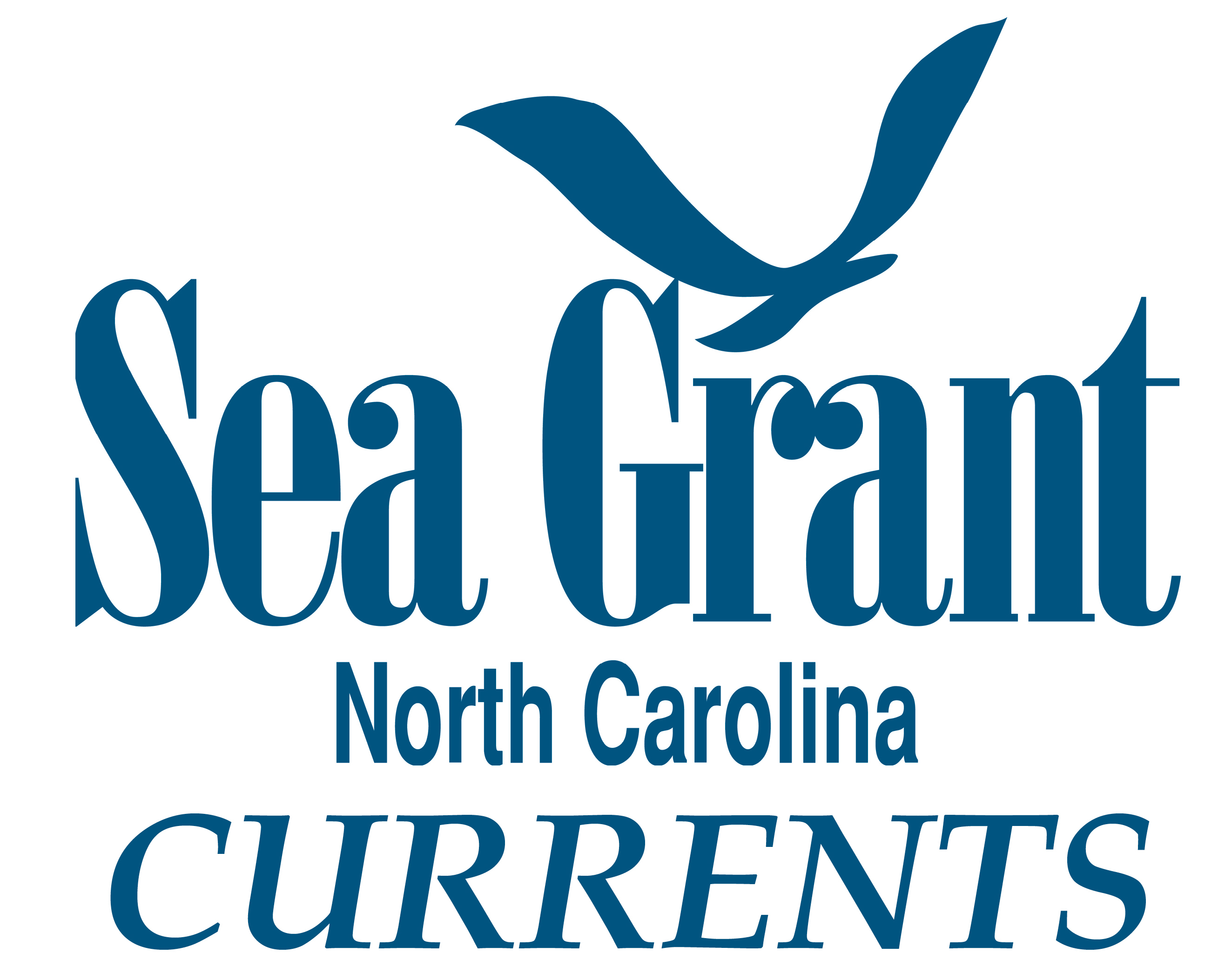Wetland Chemical Composition Changes Hourly
Nitrate levels in wetlands fluctuate throughout the day, according to a new study from researchers at NC State. The findings have implications for how to measure and account for nitrate, which can originate from fertilizers and sometimes act as a pollutant....Continue reading "Wetland Chemical Composition Changes Hourly"
Researchers and Robeson County Residents Unite on Project BRIDGE
Learn more about Building Resilience by Innovating through Diverse Group Engagement -- also known as the BRIDGE project -- in Robeson County. Researchers funded by North Carolina Sea Grant are gathering voices to identify diverse experiences from Hurricanes Matthew and Florence, and the ongoing recovery. The team includes members of the Lumbee Tribe of North Carolina and other community partners....Continue reading "Researchers and Robeson County Residents Unite on Project BRIDGE"
Can Fish Adapt to Pollutants in the Cape Fear?
How do Atlantic killifish respond to multiple stressors?...Continue reading "Can Fish Adapt to Pollutants in the Cape Fear?"

Young Minds Enjoy New Green Infrastructure
The benefits to teachers’ and students’ well-being and development, in addition to the reduced pollutant and flooding impacts on the ecosystem and downstream communities, can outweigh modest costs to maintain green infrastructure....Continue reading "Young Minds Enjoy New Green Infrastructure"

